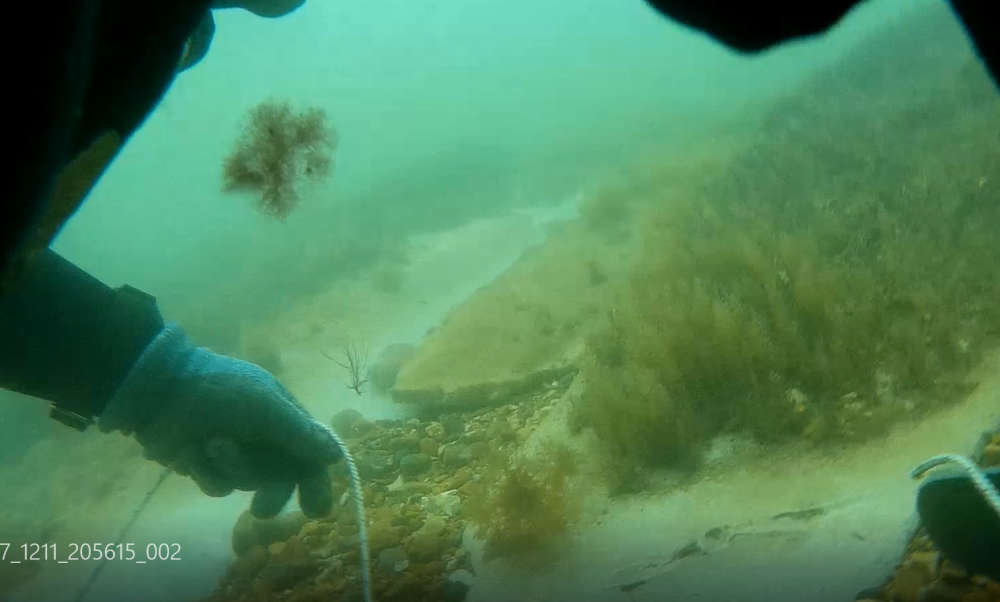
Two "extremely rare" shipwrecks off the Isle of Wight have been granted the highest level of protection.
The remains of the vessels, named Shingles Bank Wreck NW96 and Shingles Bank Wreck NW68, were discovered off the Needles Channel by divers Martin Pritchard and Dave Fox.
Historic England said they are "well-preserved" which is "extremely rare" given they date back to the 16th and 17th centuries.
It said this, and the unearthing of previously unrecorded wreck sites in the Solent, makes their discoveries "nationally significant".
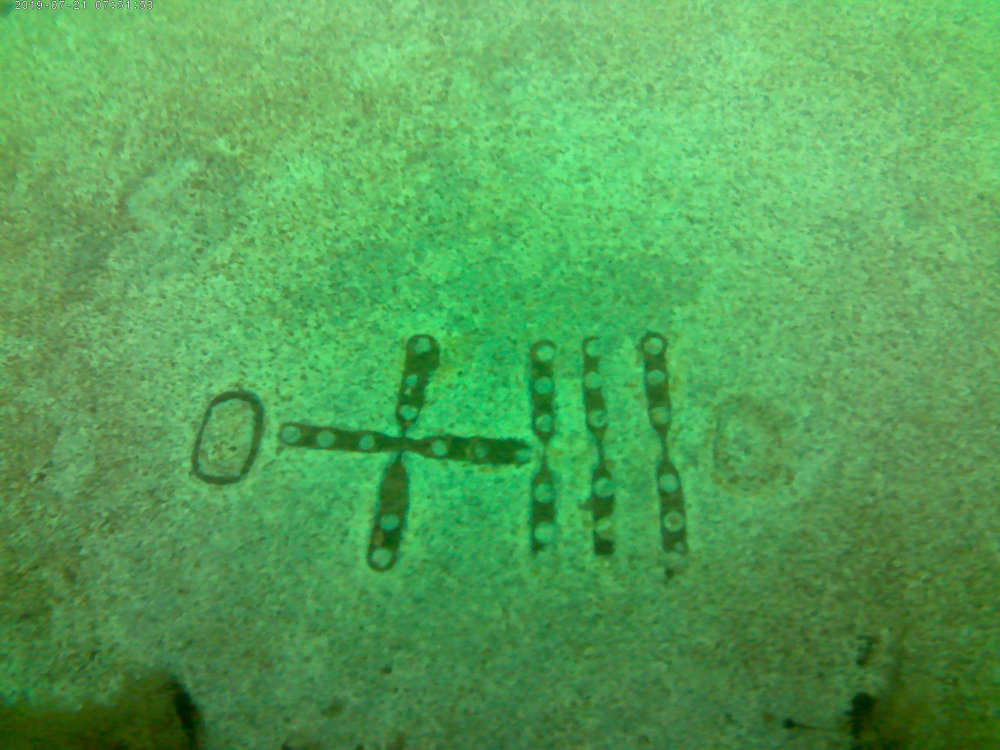
Markings on cargo from the NW96 wreck. Copyright: Martin Pritchard.
Both vessels have been designated protection under the Protection of Wrecks Act 1973.
It means divers need a special license administered by Historic England on behalf of the Department for Digital, Culture, Media and Sport to explore the wrecks.
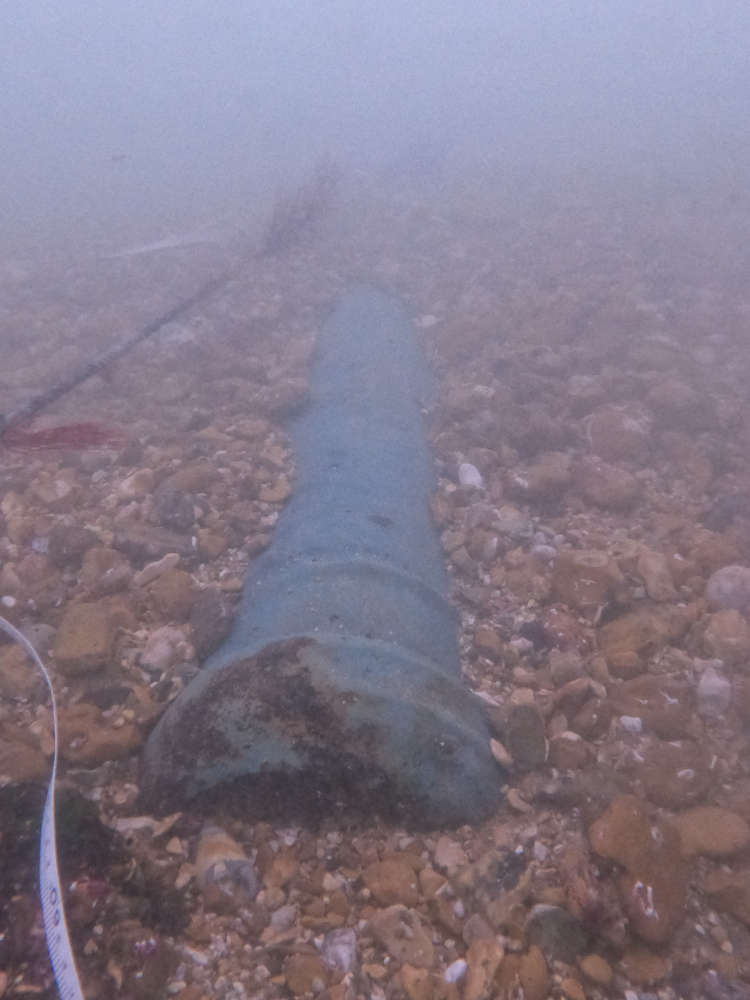
Partially buried bronze cannon on the NW68 site. Copyright: Wessex Archaeology.
Martin Pritchard, co-finder of the Shingles Bank wrecks, said:
“I am very pleased that these shipwrecks dating to the 16th and 17th centuries have been granted the highest level of protection. They are a remarkable find.
"Working with Historic England, volunteer divers and archaeologists, we will continue to investigate, understand and record these wreck sites.”
Their artefacts are protected and their condition is carefully monitored.
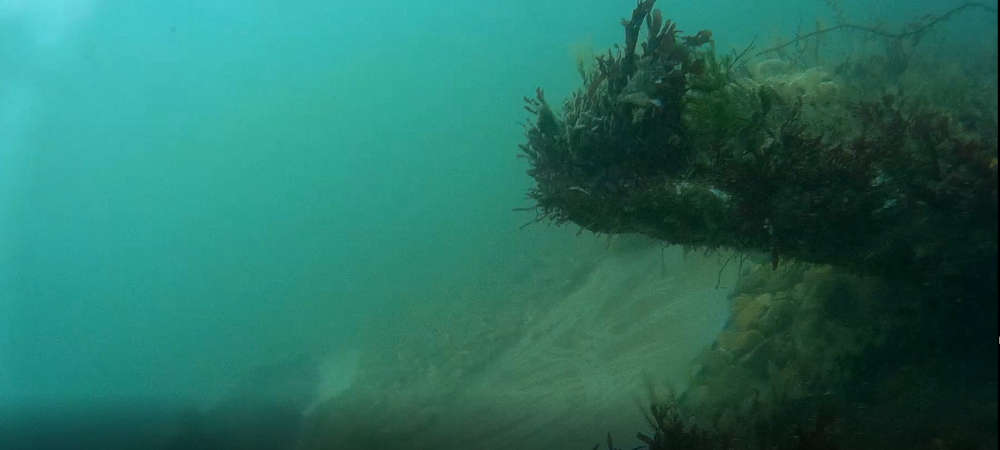 A gun and lead ingots discovered on the NW96 shipwreck, Shingles Bank, the Isle of Wight. Copyright: Martin Pritchard.
A gun and lead ingots discovered on the NW96 shipwreck, Shingles Bank, the Isle of Wight. Copyright: Martin Pritchard.
Also receiving protection is the 13th century Mortar Wreck discovered in Poole Bay in Dorset.
Its cargo of gothic Purbeck stone gravestones is the oldest known protected wreck in English waters where hull remains can be seen.
Heritage Minister, Nigel Huddleston, said:
"These fascinating shipwrecks can reveal so much to us about our national history and it is right that we protect them for future generations.
"The survival of the 13th century Mortar Wreck is particularly rare, with timbers dating to Henry III's reign, and the 16th and 17th century Shingle Bank Wrecks shed light on historical trading."
What are the Shingles Bank Wrecks?
The Shingles Bank in the Needles Channel is a well-known navigational hazard for ships entering the Solent from the west. It is thought that the both NW96 and NW68 became stranded on the banks before sinking.
Archaeological remains of these vessels include several cannons, a large anchor, at least 50 very large lead ingots with unidentified markings and stone cannonballs. The ingots are a fixed size and weight and would have been used as currency for trade – so they could be made into a variety of products including bullets, lead flashing on roofs and pipes.
Initial research suggests the lead ingots were cast from a furnace known as a ‘bole’. Boles fell out of use from around 1580, suggesting the NW96 wreck dates from the 16th or very late 15th century. This theory is supported by the presence of stone cannon balls, which were replaced with iron shot and were no longer used by the end of the 16th century.
Analysis of the cannons indicates that one of them was cast in Amsterdam between 1621 and 1661, which helps place the NW68 wreck as a mid-late 17th century armed vessel, probably of Dutch origin. This indicates that the ship could have been associated with the Battle of Portland in 1653, when the fleet of the Commonwealth of England was attacked by the Dutch Republic during the First Anglo-Dutch War. The Netherlands was the maritime and economic power in the world during this period so this site could help further our knowledge of 17th century seafaring activity.
The finds are being investigated by archaeologists from the Maritime Archaeology Trust and Wessex Archaeology, along with the finders Martin Pritchard and Dave Fox.

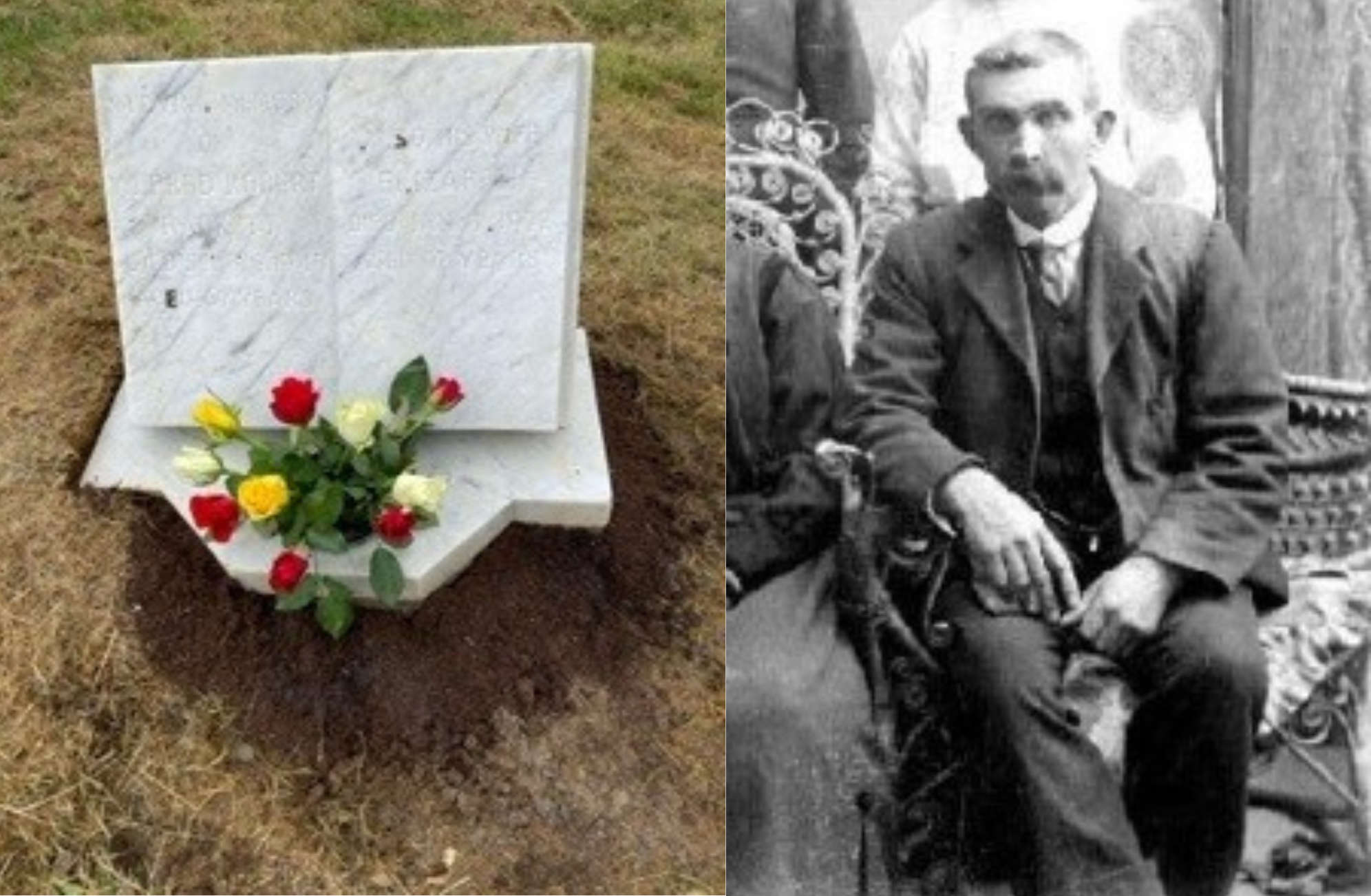 Newport Bombing Victim Officially Recognised by Common Wealth War Graves Commission
Newport Bombing Victim Officially Recognised by Common Wealth War Graves Commission
 Five Isle of Wight Dancers to Represent England in Global Dance Open Finals
Five Isle of Wight Dancers to Represent England in Global Dance Open Finals
 NEW COMPETITION: Win A Luxury Hamper For National Pet Day
NEW COMPETITION: Win A Luxury Hamper For National Pet Day
 Schools Walk The Wight is Back
Schools Walk The Wight is Back
 How a Popular Ryde Shop Helps Buyers Reduce, Re-use and Recycle
How a Popular Ryde Shop Helps Buyers Reduce, Re-use and Recycle
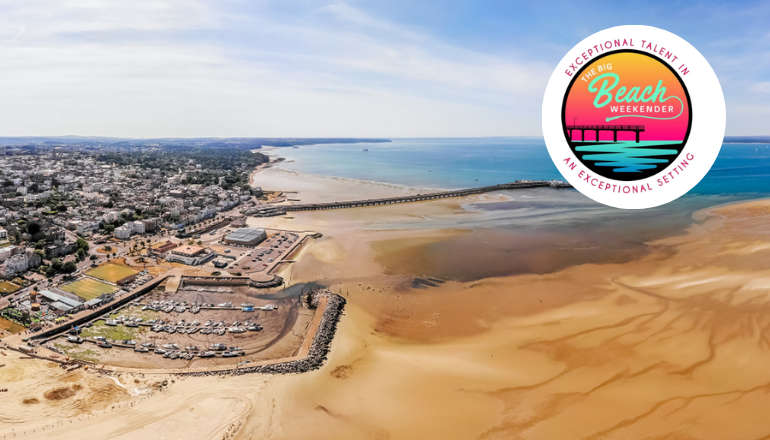 Summer Dates Announced For Ryde's Big Beach Weekender
Summer Dates Announced For Ryde's Big Beach Weekender
 Isle Of Wight Red Squirrel Hotspots To Look Out For This Easter
Isle Of Wight Red Squirrel Hotspots To Look Out For This Easter
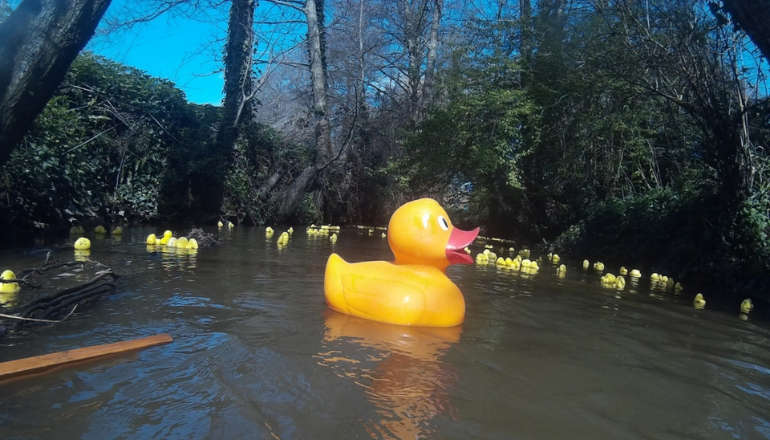 Purple Twist For Newport's Annual Aspire Easter Duck Race
Purple Twist For Newport's Annual Aspire Easter Duck Race
 NEW COMPETITION: Win A £50 M&S Voucher
NEW COMPETITION: Win A £50 M&S Voucher
 Understanding Mental Health
Understanding Mental Health
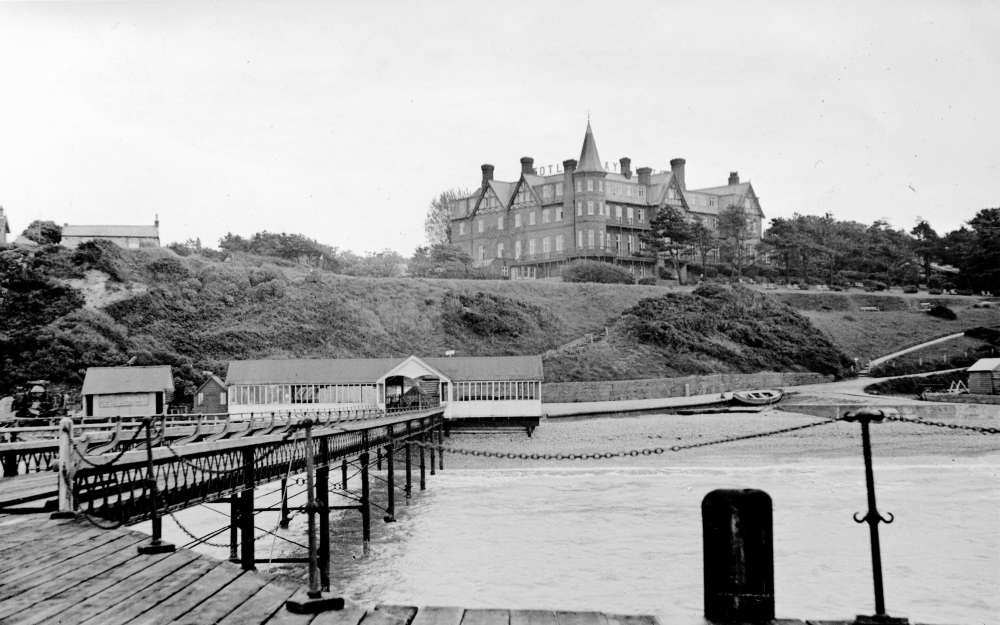 Totland Reflections: The Creation of a Seaside Resort
Totland Reflections: The Creation of a Seaside Resort
 Freshwater Bookshop Shortlisted For Prestigious National Award
Freshwater Bookshop Shortlisted For Prestigious National Award
 Brighstone Christmas Tree Festival Raises Over £6,000 To Help Island Charities in 2023
Brighstone Christmas Tree Festival Raises Over £6,000 To Help Island Charities in 2023
 MBE Honour For Mountbatten Chief Nigel
MBE Honour For Mountbatten Chief Nigel
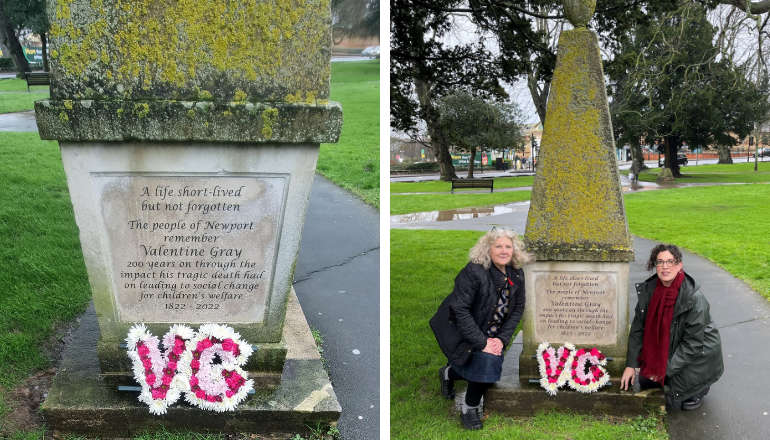 The Little Sweep Remembered On Valentine’s Day
The Little Sweep Remembered On Valentine’s Day
 Get Fit by Joining a Regular Social Running Group
Get Fit by Joining a Regular Social Running Group
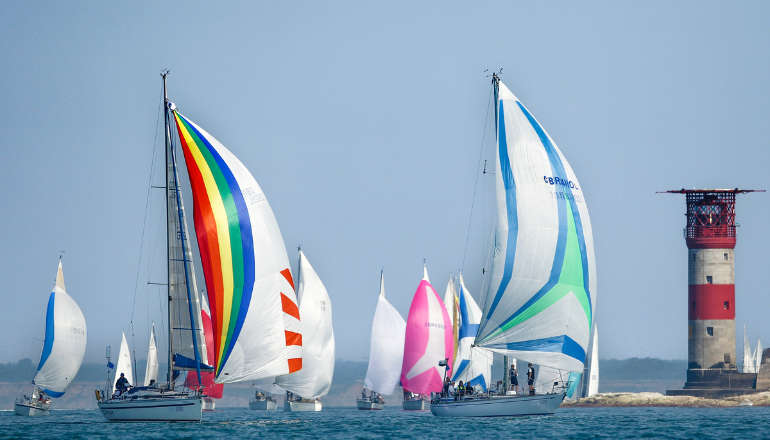 Entries For 2024 Round The Island Race Now Open
Entries For 2024 Round The Island Race Now Open
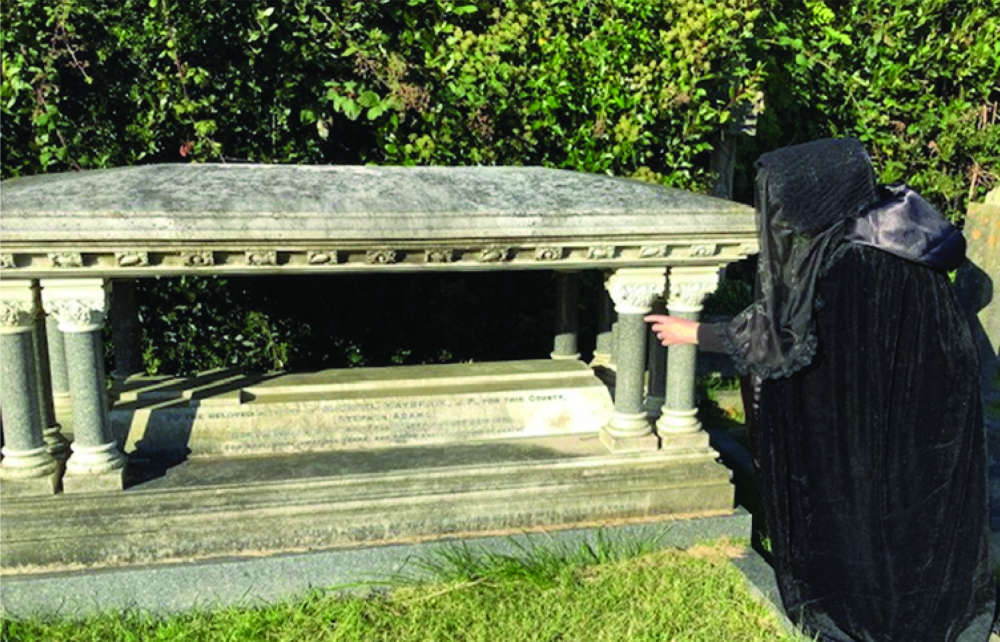 History: The Mystery of The Maybricks
History: The Mystery of The Maybricks
 Feed An Isle Of Wight Family This Christmas
Feed An Isle Of Wight Family This Christmas
 Lighting Up Long Lane for Nearly Quarter of a Century
Lighting Up Long Lane for Nearly Quarter of a Century